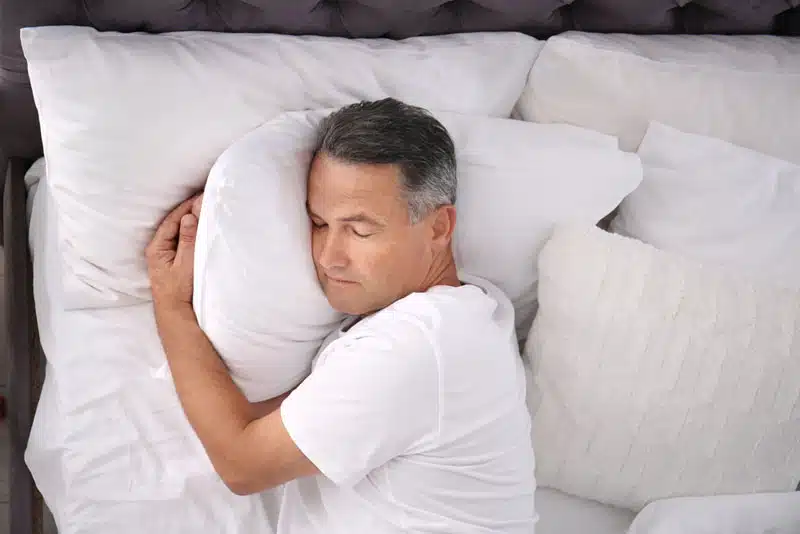Are you waking up with back pain and stiffness? It’s high time to rethink your sleeping habits! Posture isn’t only important when awake; it also plays a crucial role during sleep. How we sleep can greatly impact our spinal alignment, leading to poor posture and various health concerns.
Establishing proper sleep posture plays a crucial role in averting or alleviating back discomfort, minimizing snoring, and enhancing the overall quality of your sleep. An essential factor in achieving an ideal sleep position is choosing appropriate bedding and a suitable mattress.
Understanding Sleep Posture
Sleep posture refers to the specific position in which a person’s body rests during sleep. Just as we have different postures while sitting or standing, sleep posture constitutes a type of static posture characterized by how an individual positions their body during periods of inactivity, such as sleep. In contrast, dynamic posture pertains to how a person moves when engaged in activities like walking, exercising, or working. It’s important to recognize that static and dynamic postures influence overall health and well-being.
Posture, in this context, relates to the alignment and positioning of the spine concerning other bones and muscles within the body. The spine extends from the base of the skull, curving gently along the neck and back until it reaches the pelvis. Maintaining the natural S-shaped curves of the spine while at rest holds several advantages, including promoting proper posture, enhancing overall sleep quality, and contributing to many other health benefits.
The Impact of Sleep Posture on Spinal Health
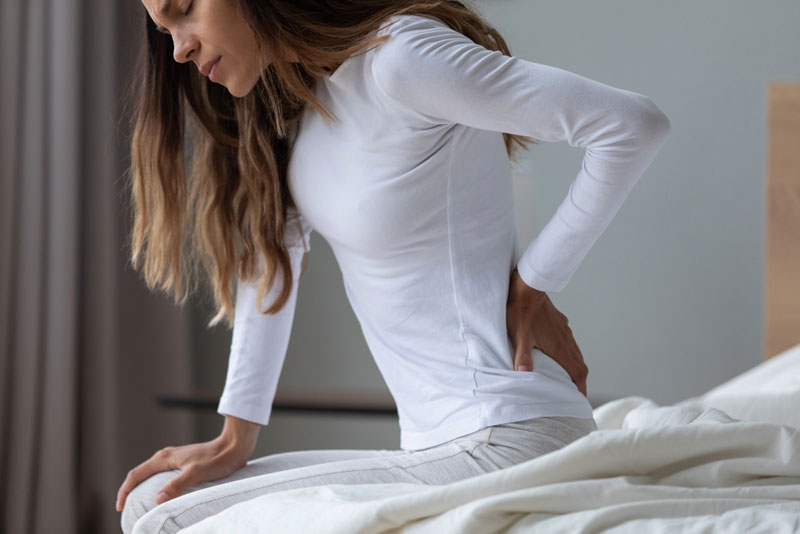
A good night’s sleep is essential for optimal health and well-being. However, not all sleep postures are created equal some positions can have negative consequences for spinal health. Poor sleep posture can cause back pain and muscle stiffness and reduce restorative sleep quality. On the other hand, sleeping in a suitable position promotes optimal spinal alignment, reduces discomfort, and helps to get more rem sleep and wake up feeling refreshed.
Factor That Makes It Hard To Sleep In A Good Posture
Nevertheless, maintaining proper posture can be challenging due to various contributing factors:
Age

As individuals age, their posture may naturally become less flexible. This can result in a more curved spine and difficulty standing up straight. Older adults are also more susceptible to conditions like arthritis or osteoporosis, which can impact spinal health and structure.
Mental Health
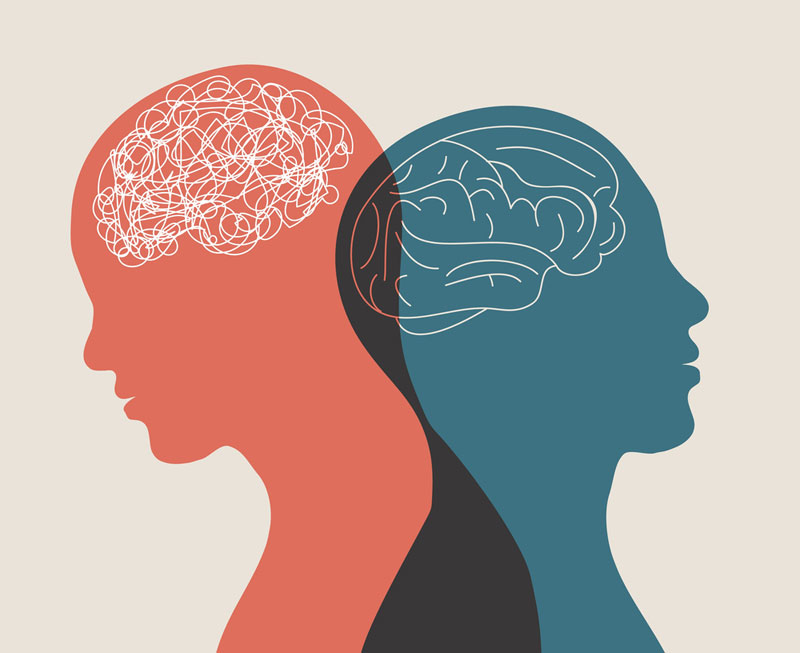
Research indicates that a person’s brain health can influence their posture. Individuals experiencing depression may tend to hunch their spines inward or slouch their shoulders. Depression and anxiety are frequently linked to chronic neck pain or stiffness.
Pregnancy

Pregnant individuals must often adapt their dynamic and static postures to accommodate a growing midsection. In later stages of pregnancy, adjustments in sleep positions or additional support in bed may be necessary for comfort.
Changes in Weight
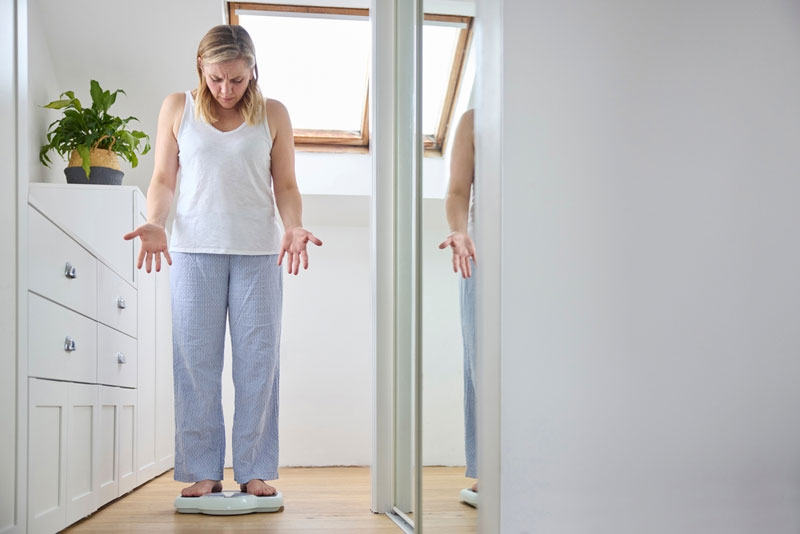
Excess body weight can affect the strength of abdominal muscles and place added stress on the spine. It may also lead to a preference for sleeping on one’s side over other positions.
Discovering Your Ideal Sleep Position
The quest for the perfect sleep position is akin to finding your comfort zone while keeping your spine aligned. Numerous factors come into play, such as age, weight, overall health, and the quality of your mattress and bedding.
Sleeping positions typically fall into three primary categories: side sleeping, stomach sleeping, and back sleeping. Yet, within these broad categories, many variations exist, and many individuals shift positions during the night.
Every sleep position has advantages and potential drawbacks, depending on individual needs and preferences. Here are some of the famous directions to sleep
Embracing Side Sleeping
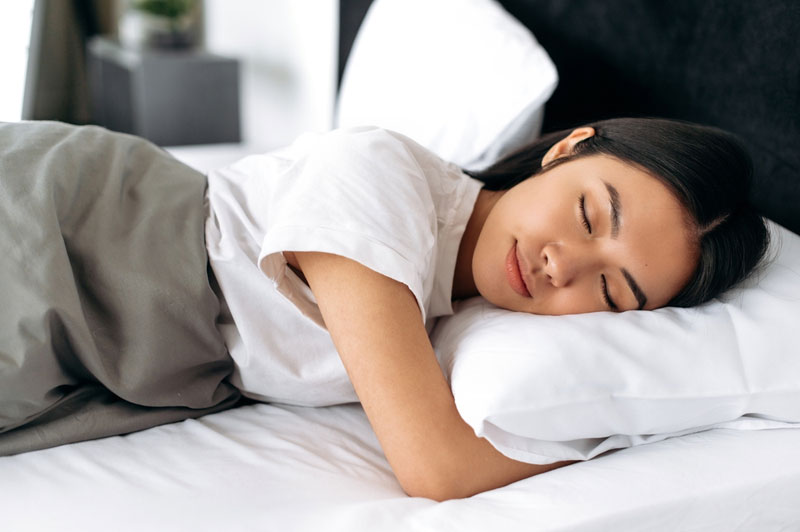
Side sleeping, also known as the lateral position, is favored by most individuals. This category encompasses various postures, including left and right-side sleeping, fetal, and provocative positions.
Fetal Position: This posture involves bending the legs and maintaining alignment, with one leg supporting the other. It can alleviate pressure on the spine and prove especially comfortable for those with back pain.
Provocative Position: In this stance, the upper body remains on its side, but the hips twist, and the legs misalign, leaving the top leg unsupported. It’s worth noting that this position is often associated with back pain and disrupted sleep quality.
Stomach Sleeping

Stomach sleeping, also referred to as the prone position, is the least popular sleep posture among adults. Like unsupported side sleeping, lying prone can lead to neck discomfort and disrupted sleep in certain studies.
This position may also impact breathing and energy expenditure. Gravity exerts more pressure on the chest, requiring increased effort from the ribcage when breathing in.
Back Sleeping
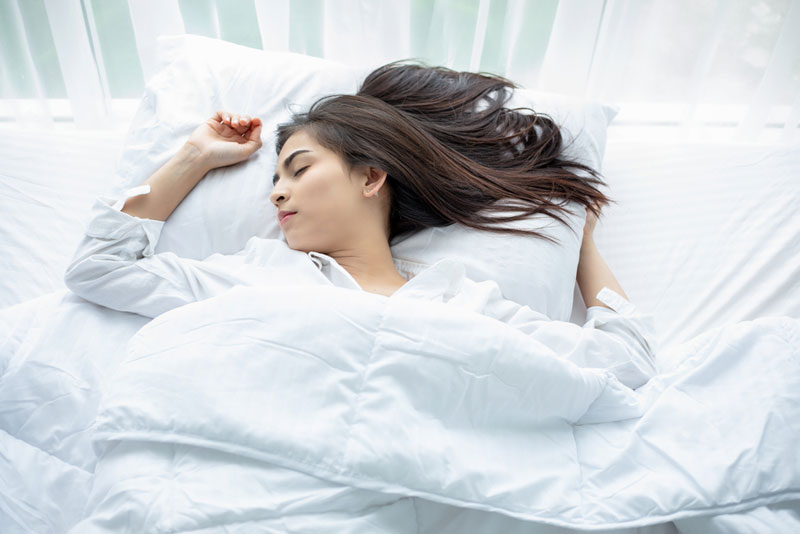
Back sleeping, or lying supine, is the second most common position after side sleeping. At first glance, lying on your back promotes spinal alignment, like standing. However, studies suggest that the mattress’s firmness significantly influences whether this position maintains good spinal posture.
Sleeping on a soft mattress can elevate the head and neck, creating additional strain on the spine. Conversely, an overly firm mattress may prevent the lower back from making contact with the mattress, resulting in an unnatural curve. Experts often recommend medium-firm mattresses for back sleepers to strike a balance.
Back sleeping may benefit individuals experiencing unresolved lower back pain, especially if side sleeping exacerbates their discomfort. Elevating the head and upper back using an inclined pillow or custom mattress settings can be advantageous to minimize snoring while enjoying the supine position.
Ideal Mattress for Quality Sleep
Choosing the right mattress plays a pivotal role in enhancing sleep quality. It hinges on personal preference, budget, and the quest for an improved sleep posture.
While mattresses vary in firmness, research suggests that a medium-firm option offers the most comfort and optimal spinal alignment for most people. A supportive mattress promotes proper posture and reduces the need to shift positions at night, resulting in better sleep.
On the softer end, mattresses may cause the body, particularly the hips, to sink, leading to spinal misalignment and potential neck and lower back discomfort. Soft mattress users may benefit from a soft or thin pillow to bolster the head and maintain alignment.
Conversely, hard or firm mattresses can provide increased head and neck support but may exert uncomfortable pressure on the skin and soft tissues. This can result in lower back muscle soreness or even skin sores in certain cases.
In addition to the mattress, choosing the right pillow and bedding also contributes to an optimal sleep environment. Pillows, available in various materials and fill options, can influence spinal alignment, further enhancing sleep quality.
Wrapping Up
Achieving good posture during sleep is crucial to maintaining overall spinal health and ensuring a restful night’s sleep. Adopting the right sleep positions, investing in a supportive mattress and pillow, and being mindful of your body’s alignment can significantly enhance your posture during sleep.
